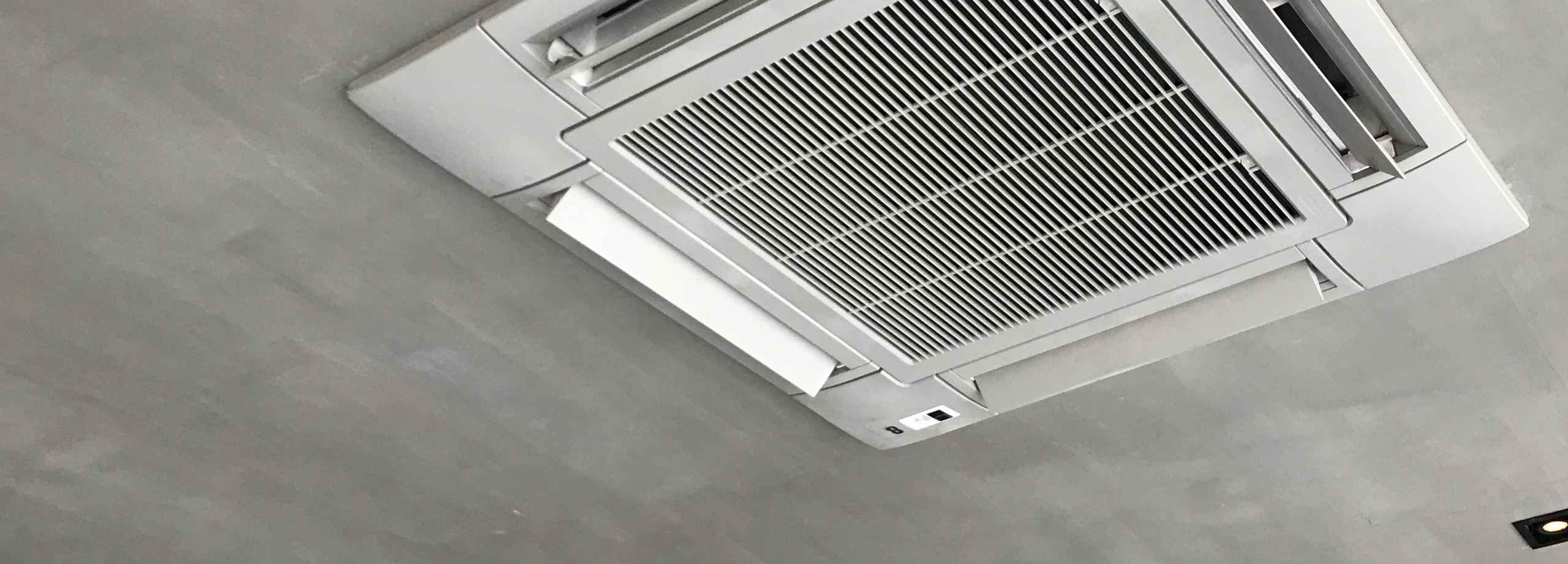Ventilation & Air conditioning
Ventilation control
The possibilites of usage even reach controlled ventilation of rooms in single-family houses or the supply of fresh air to production facilities. With the x2 series, you can regulate heating and ventilation, monitor air quality (CO2 content, air humidity, O2 content) and much more.
Programmierbeispiel "Lüftungsregelung"

Inputs
We have controllers with as little as 2 or as many as 16 inputs, suitable for any requirement. It's not just sensors for temperature (PT1000, KTY, NTC, ...), rooms, insolation, humidity and and rain, but also the capability to read pulses, voltage, resistance (1-100kΩ, digital), 0-10V and 4-20mA that our controllers' inputs have to offer.

Outputs
Our controllers are equipped with up to 16 outputs. 230V outputs are equipped with relays, and some devices can optionally be equipped with Triac outputs. Beyond that, we also offer PWM (pulse width modulation), 0-10 V and 24 V outputs. Our auxiliary relays allow extension by additional relay outputs, on top of controllers themselves offering the possibility of potential-free outputs.

Independent of producers
Our controllers are universally usable, since we use standardized and widely popular signals for inputs, outputs and interfaces.

Simple installation
Our controllers come with installation kits and mounting material, extensive user manuals and terminal diagrams, rendering installation easy as can be.
Remote access & optimization
Remote access to your customer's systems saves you time and money. Data logging allows the monitoring of the system's behavior.

![[Translate to Englisch:] [Translate to Englisch:]](/fileadmin/slider_bilder/2025/Lueftung.jpg)

